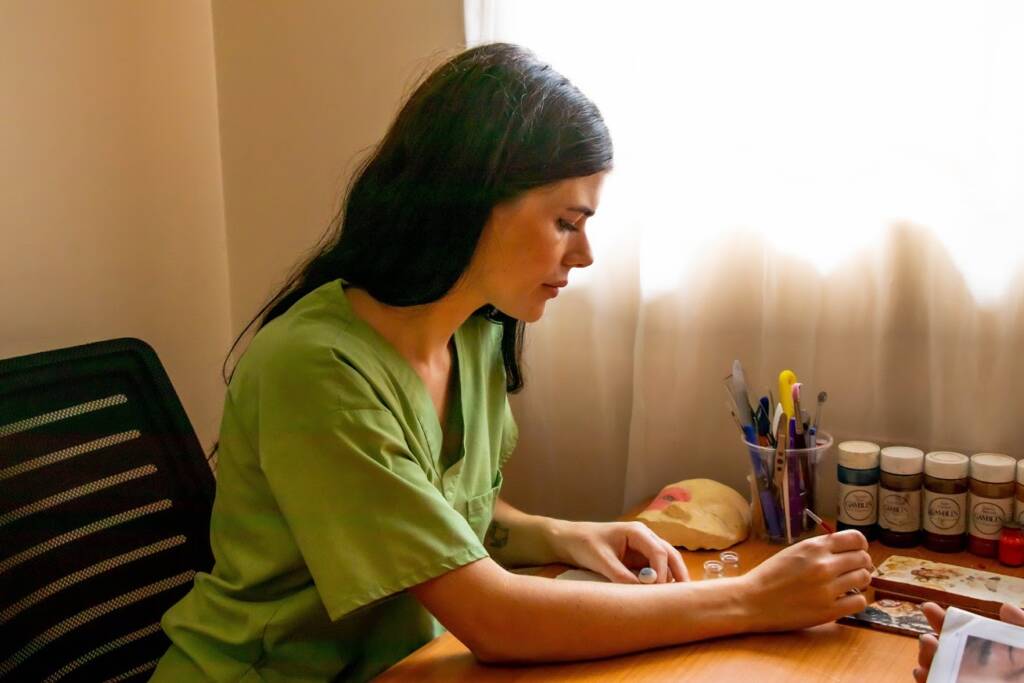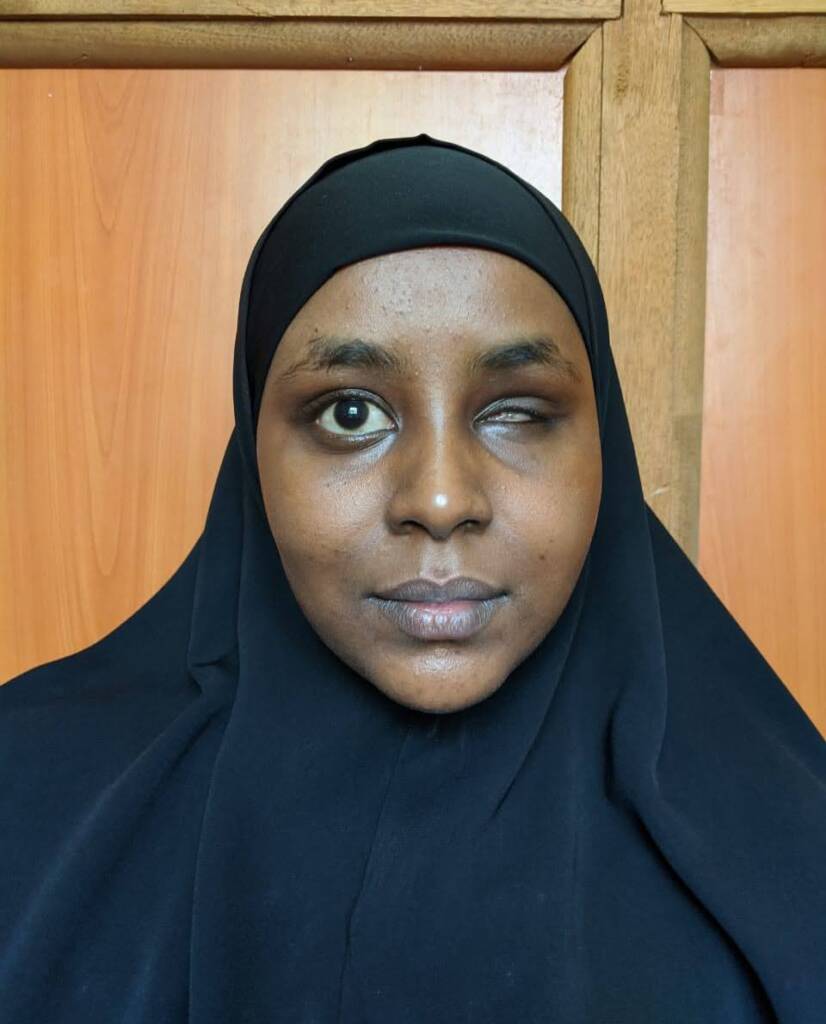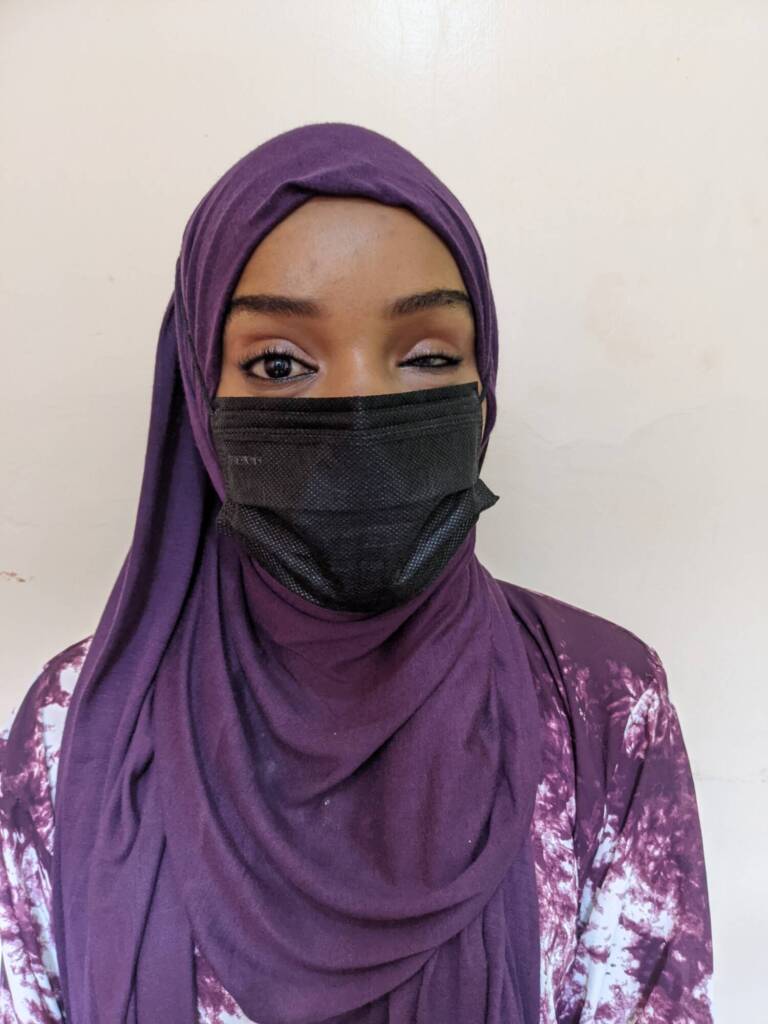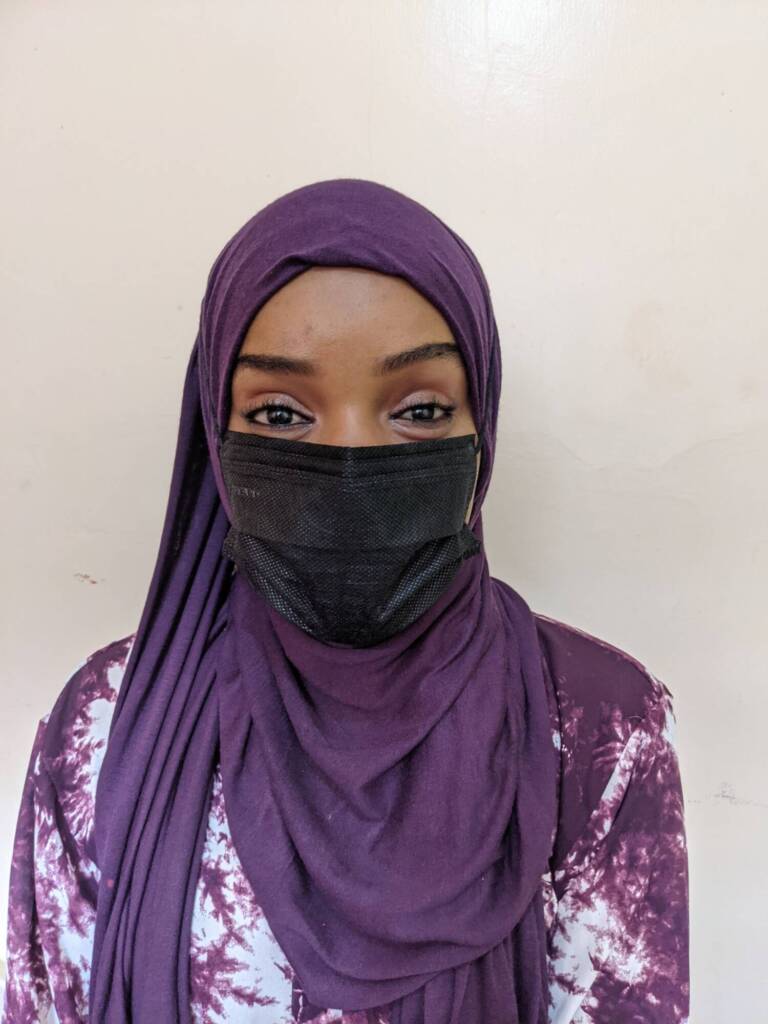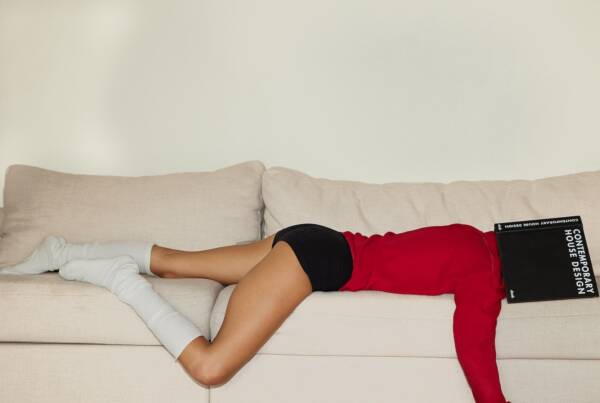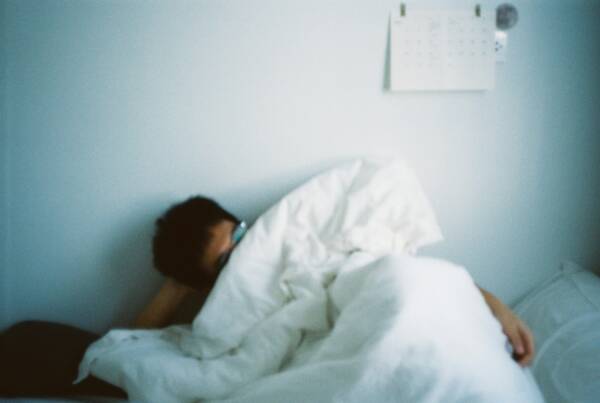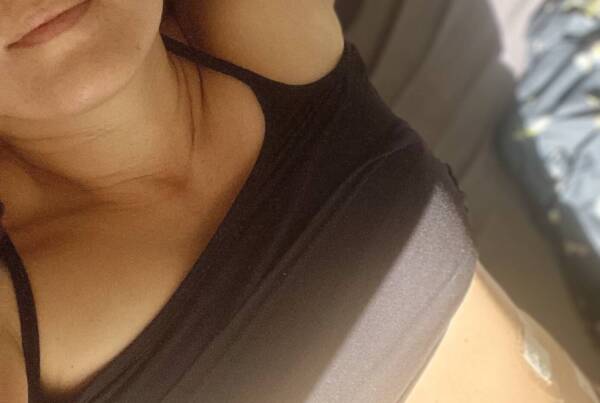Interview by Georgia Lenton-Williams
Nelly James and Francesca Gelai create and fit artificial eyes. Based in Nairobi, Kenya, they aim to make eyes more accessible for all.
How did your love for ocularistry (the art of creating and fitting artificial eyes) begin?
Francesca: We met at an optometry practice in Melbourne, where we were working as optical dispensers. Ocularistry was a field we were aware of for a long time, but it’s a niche industry and it can be difficult to get into.
A pivotal point was watching the documentary ‘Saving Face,’ which follows the rehabilitation experience of three acid burn survivors. We saw the impact a facial prosthesis can have on a person’s life, which fortified our desire to get into the industry.
Nelly: Ocularistry is the perfect hybrid of our love for eyes, craft and helping people.
How do you make an artificial eye?
N: We hand paint them with tiny brushes; we use a small piece of red silk thread for the veins. It’s very delicate work. We’ve got the process of making an eye down to about six hours now.
F: To match the prosthesis to the person’s existing eye, we initially learned to paint with the patient there. But that obviously takes a lot of time, so now we work from photos as well to be efficient.
How did you learn the skills to do this work?
N: In most places, ocularistry is a family trade, so the skillset is usually passed down through generations. For anyone outside the industry, it’s hard to learn. Training is done like an apprenticeship, with lots of hands-on training.
We reached out to many people to get apprenticeships and no one in Australia responded. Eventually a man in the UK, who’s one of the best in the world, said he’d train us. Since then we’ve also worked in Greece, New Zealand, Australia, Ghana, Nigeria and Kenya.
Initially, we thought not being born into a family of ocularists was a disadvantage. But now we realise it’s actually one of our greatest skills, because we’re learning many techniques and practices from different ocularists.
F: Then we can adapt to suit the environment we’re working in, to account for the financial situations of our patients, environmental factors or availability of tools and equipment.
Can you tell me about your current work in Nairobi?
F: We’ve been working in Nairobi for about three years. We initially came to work at hospitals, where we recognised the great need for custom ocular prosthetics.
N: Kenya has one of the highest rates of retinoblastoma, which is an aggressive form of eye cancer. Often it’s detected quite late, which means the only way to save the person’s life is to remove the eye.
F: We want to increase accessibility and awareness where prosthetics aren’t available. In Australia, the government contributes to the cost of prosthetics, but that isn’t the case here and it’s something we hope to change. It didn’t feel right to make money off someone’s experience of losing an eye.
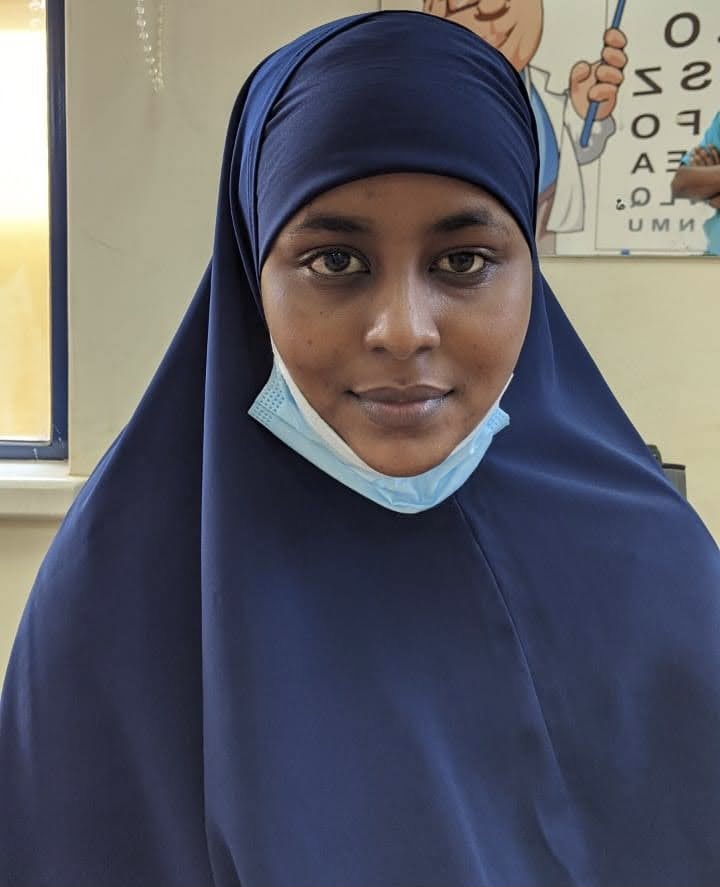 And you’re also training local residents?
And you’re also training local residents?
F: Yes, we trained two staff members at a hospital in Nairobi last year. We wanted to set up a prosthetics department that’s self-sustainable and autonomous. We provide support from afar for difficult cases, but it’s important to create an industry here that isn’t reliant on us.
N: We did the same in Lagos, Nigeria, where we trained three staff members and set up a clinic that’s still operating. We like to be available to share ideas and trade secrets, to create the best practice for the patients.
How has the pandemic impacted your work?
N: When covid hit, we were faced with the decision to go back to Australia or New Zealand, or stay in Nairobi and see how it played out.
F: It was scary, because everything was up in the air. The hospital couldn’t give us any reassurance or answers about what was happening, because no one knew. But I’m glad we stayed, because we finished the training and the clinic is still running. It was definitely difficult though, especially financially. We weren’t working for months at a time.
What impact does an ocular prosthesis have on a person’s life?
N: Every patient has a different story. For some people, a prosthesis means they can regain autonomy and return to work, school, and their community.
There’s still a stigma against facial differences; we’ve had many women in their twenties say ‘now I can get married’ or ‘now I can look for a job’ after receiving their artificial eye.
F: We were told about a family whose first nine children were diagnosed with retinoblastoma. The parents were scared at the prospect of their children having the recommended surgery to remove the eye, so they sought treatment from natural doctors. This was sadly unsuccessful and all nine children passed away. When the tenth child was born with retinoblastoma, the family decided to have the surgery. This child survived.
We hope that by providing a suitable rehabilitation option, as we can make an eye that’s almost undetectable, it’ll help people decide to go through with the surgery.
What’s next for you and Eyes for All?
N: We’ve seen a great need for facial prosthetics – sockets, noses and ears – and next week we’re starting to learn how to make silicon facial features, so hopefully we can start bringing that to East Africa.
We plan on staying in Kenya. Our long term goal is to become an educational hub for facial prosthetics, to pass on these skills to others in the region.
F: We’ve also just fallen in love with Kenya; where else in the world can you get an avocado for $0.40?

